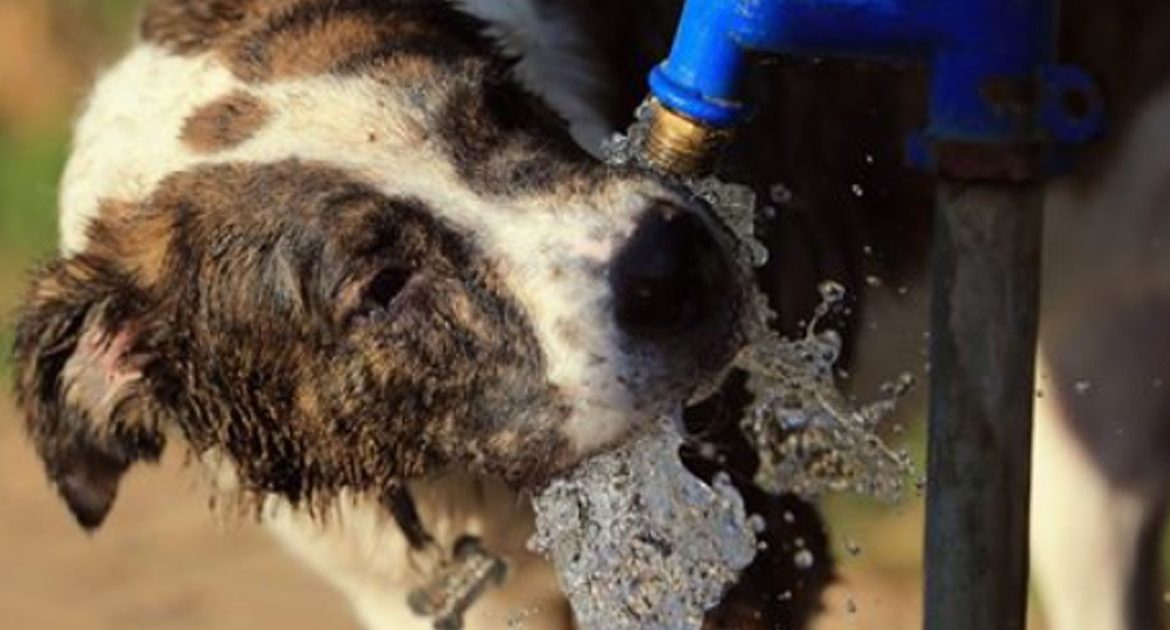One of the worst flu seasons in recent years has a companion that’s taking aim at your pets: dog flu.
Dog influenza, or canine influenza (CI) — which infects dogs and cats — is now widespread across North America, according to KOCO. To make it worse, the fast-moving virus is sweeping into some parts of the United States that only see it rarely or have never seen it at all. In response, some municipalities are closing dog parks and other public pet-friendly places to corral the spread of the virus.
Since it spreads through barking, coughing and sneezing (just like the human flu), dog influenza virus can rapidly spread anywhere animals congregate, especially facilities like kennels, shelters and daycare centers. It can be spread by objects like bowls and leashes, as well as humans (who aren’t, by the way, susceptible to any strains of the dog influenza virus).
And just like human strains, it’s serious stuff. Eighty percent of animals exposed to the disease will show symptoms and 10 percent of those animals will die of dog influenza, according to the American Veterinary Medical Association (AVMA).
Dog owners are warned that dog influenza virus is hardy, remaining viable for up to 48 hours on most surfaces, 24 hours on clothing, and 12 hours on human hands. That makes sterilization and cleaning very important, especially for people with multiple animals who could easily transmit the disease.
A “lifestyle vaccine” for the flu can help, writes KOCO, but may not be appropriate for every dog.
If a pet of yours has been exposed to the flu, you’ll know within 5 days; usually 2-3. Dogs are particularly susceptible to carrying and spreading the disease; some may be infectious but show no symptoms, spreading the disease as they go.
Thankfully, the virus is easy to kill, responding to cleaners commonly used in veterinary facilities like quaternary ammonium compounds and bleach solutions, according to the AVMA.






